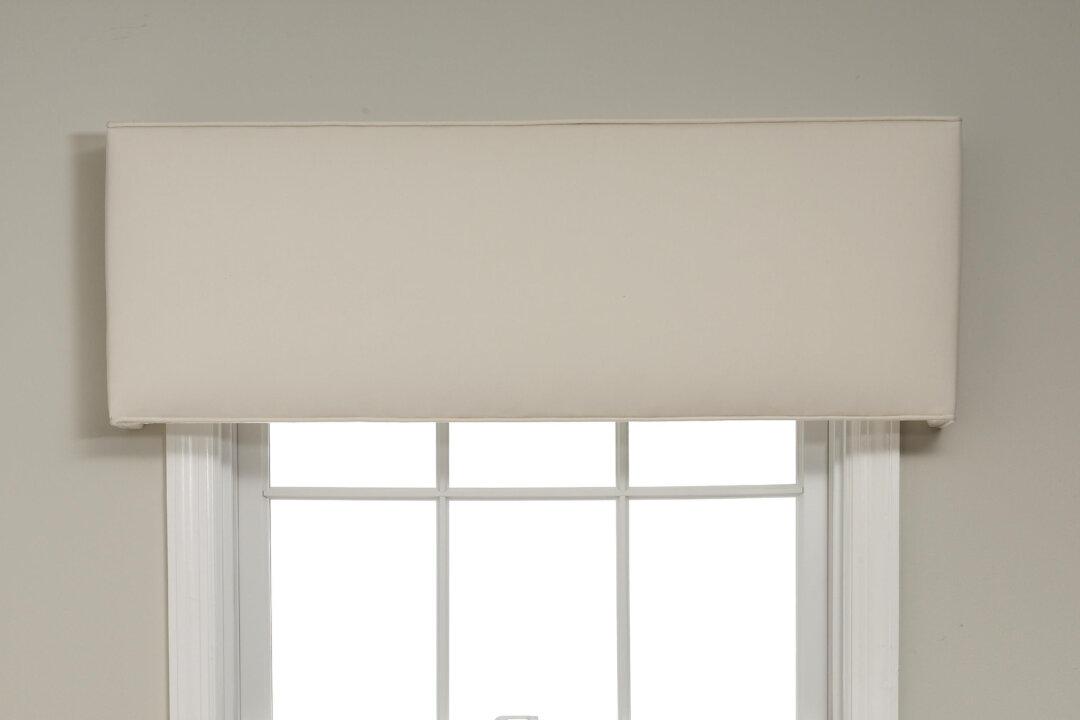Once you’ve experienced the trauma of frozen water pipes, you take extremely cold weather and your home’s vulnerability more seriously. The low temperature freezes the water inside the pipes. The pipes can then burst, causing extensive damage. Take some precautions to prepare for water pipes freezing and avoid waking up on a cold morning and turning on the faucet to find no water coming out.
During a cold spell, keep a small trickle of water moving through the pipes so it can’t freeze. Open the cabinet doors concealing the pipe leading to the faucet, and remove everything inside, so warm air can circulate around the pipe. If you have copper or plastic pipes, use a hair dryer or heat gun to warm the pipe and melt the water. Direct the heat to the pipe and away from anything that might burn from the heating appliance. Use a small space heater to help.
If you succumb to a frozen pipe, a plumber will charge $259, which includes labor and material, to unfreeze it and repair the leak if the pipe burst. But this is a dicey job, and it’s often not just one pipe that’s frozen or easy to reach.
A handy homeowner with plumbing tools and experience can repair a small burst pipe for $65, the cost of the pipe and fittings. You need a hacksaw or tubing cutter and an assortment of slip-joint pliers and pipe wrenches to cut and remove the bad section of pipe and splice in a short section of new pipe. You may get lucky and be able to fix it yourself, but it’s been our experience that hiring a plumber is the way to go with frozen pipes. Call a pro to fix a galvanized steel pipe.
To avoid frozen pipes in the future, insulate all the pipes — especially those on north-facing exterior walls. Cover them with a foam sleeve or wrap fiberglass strips around them. And pay attention to weather predictions.
To find more DIY project costs and to post comments and questions, visit www.diyornot.com.
Pro Cost — DIY Cost — Pro time — DIY Time — DIY Savings — Percent Saved
$259 — $65 — 3.5 — 4.0 — $194 — 75%





